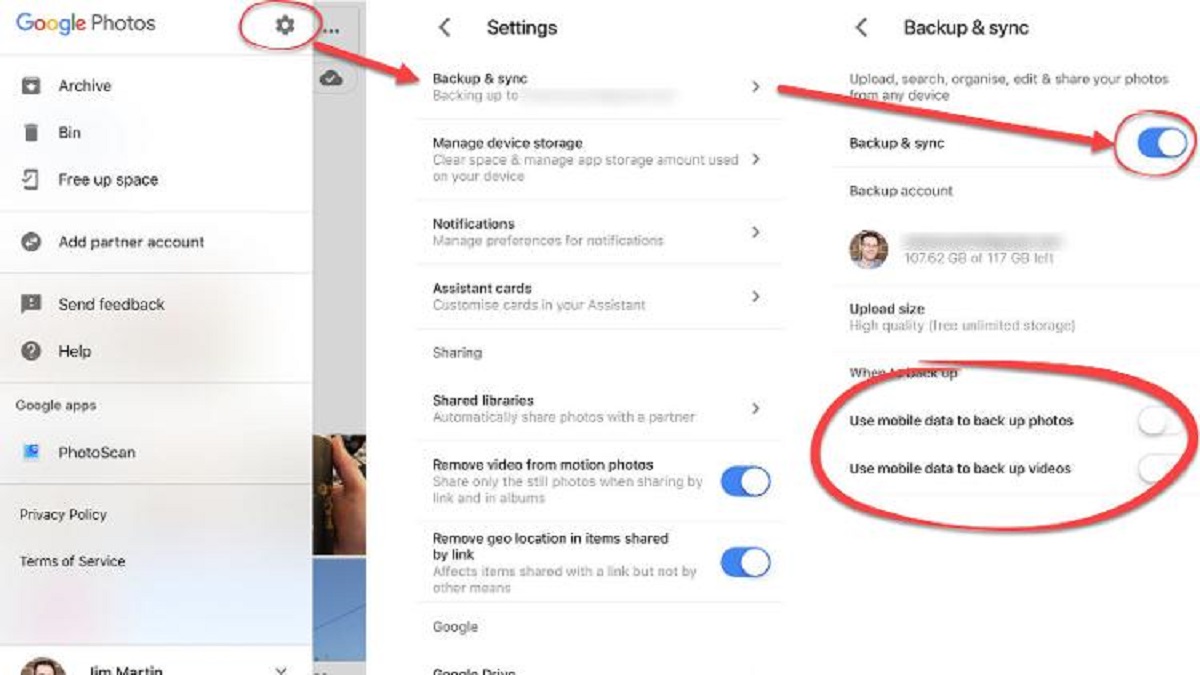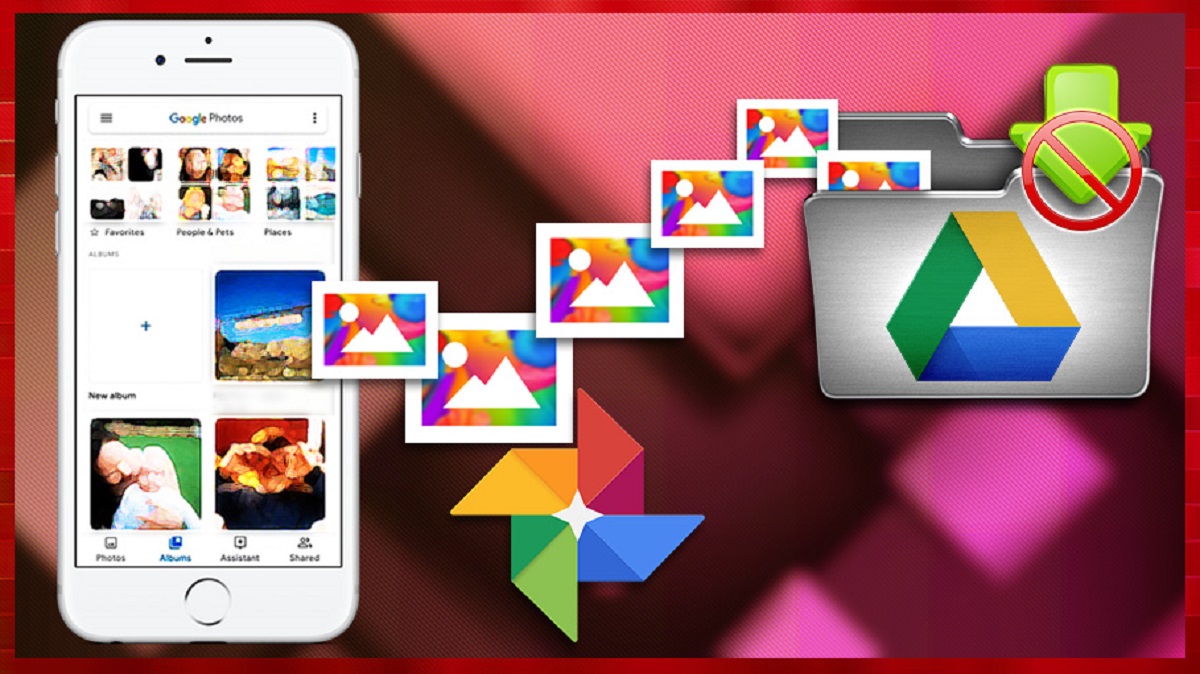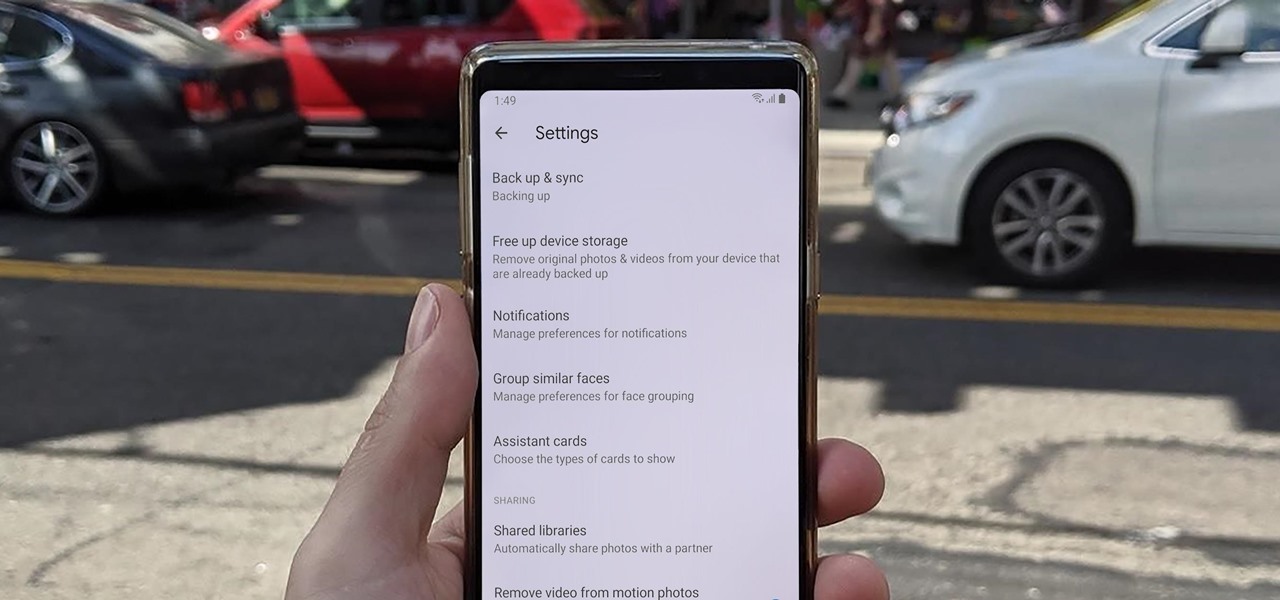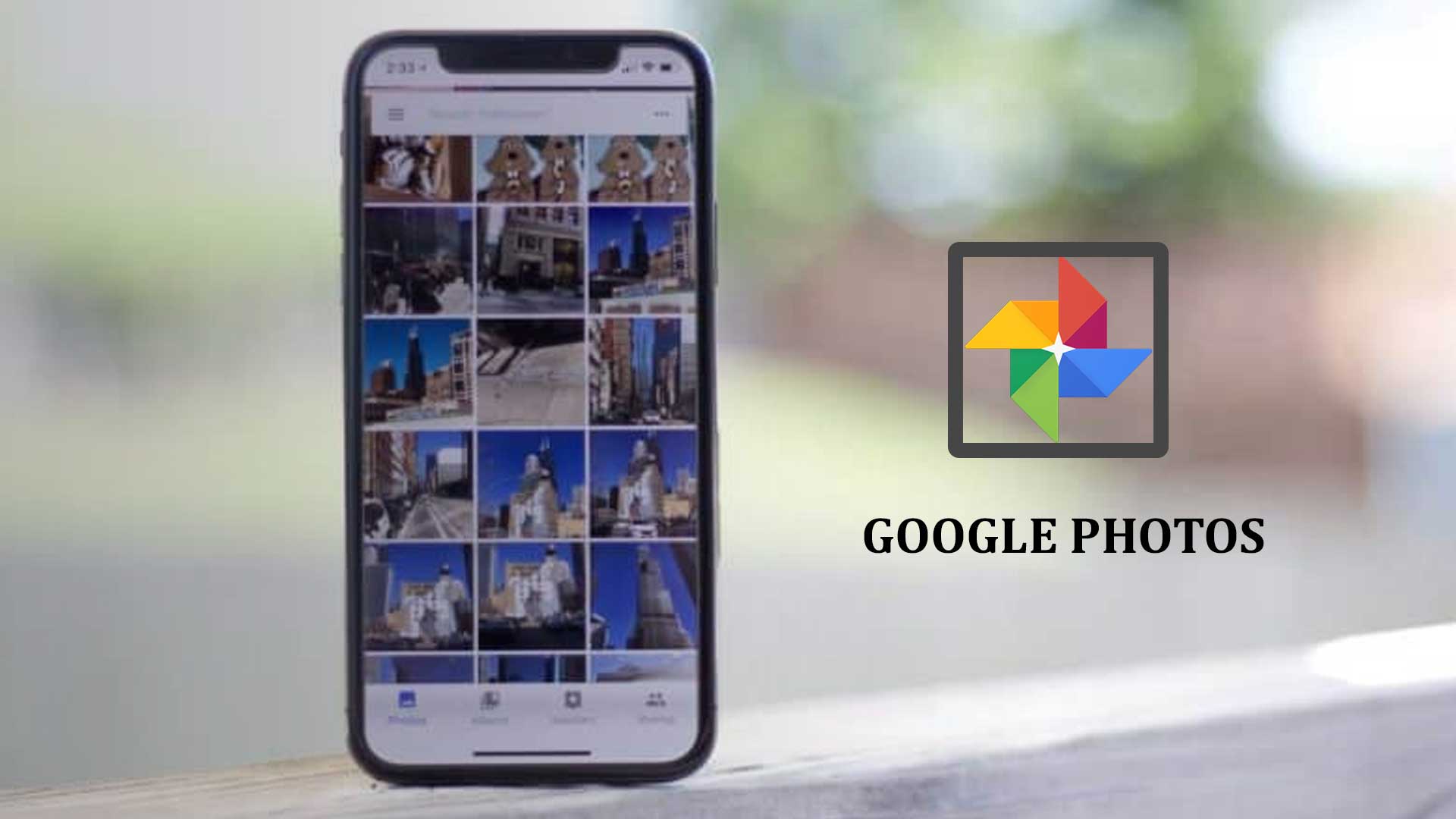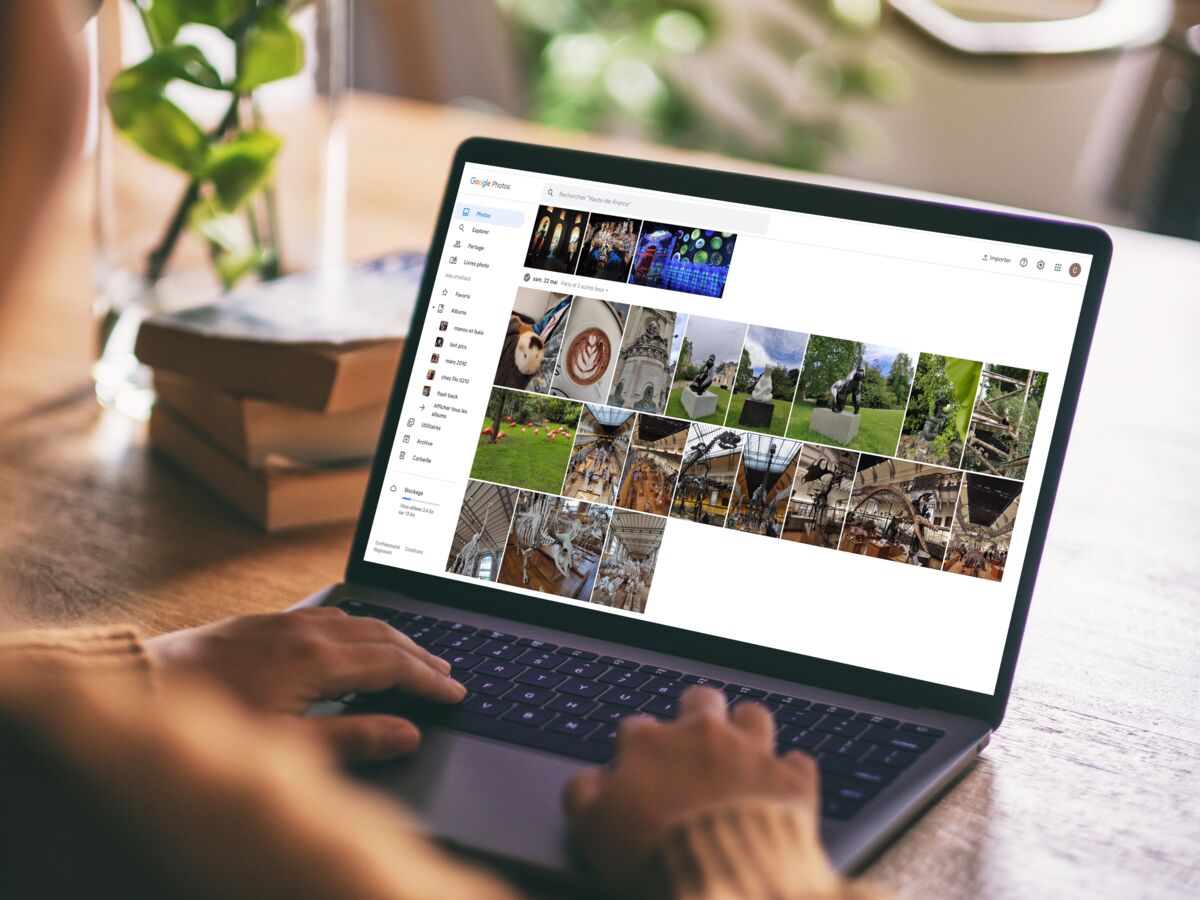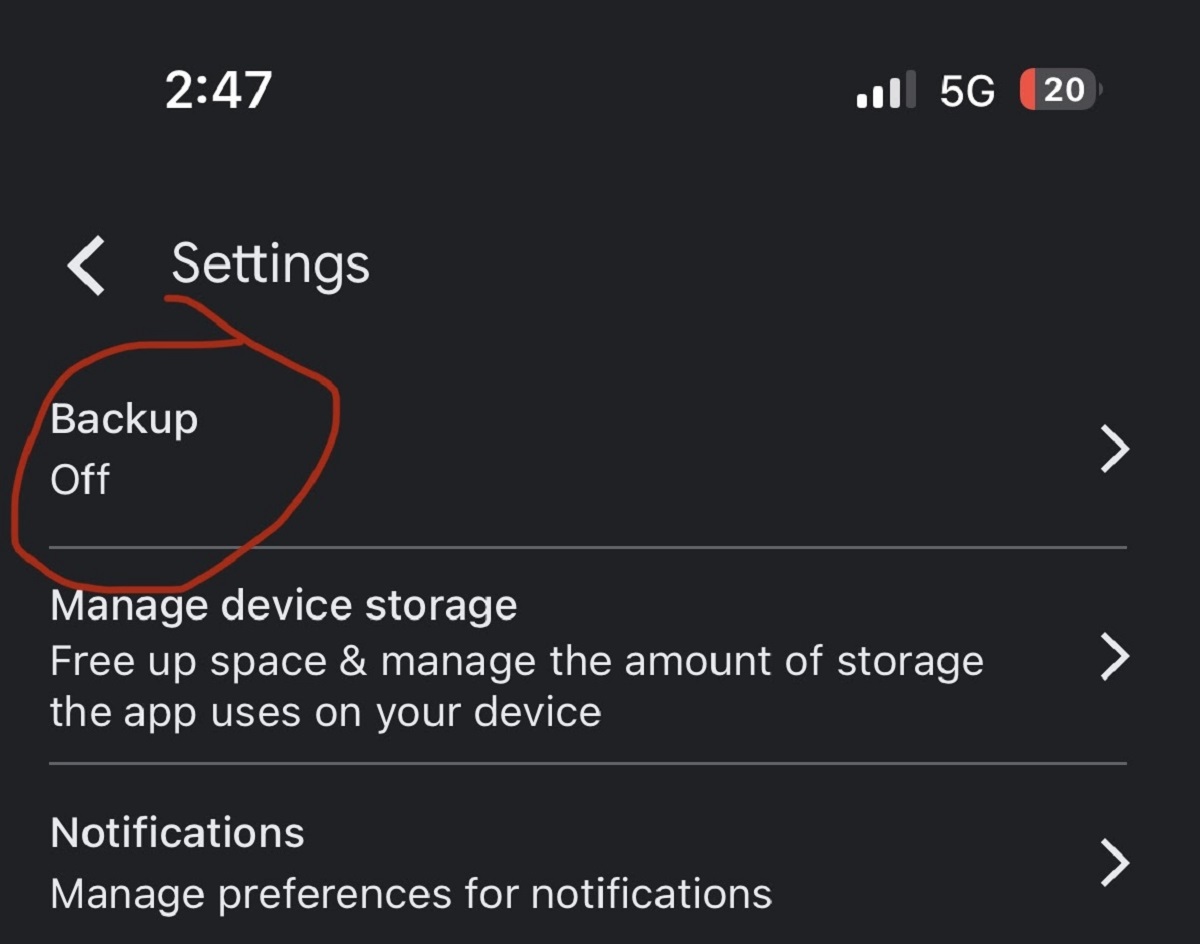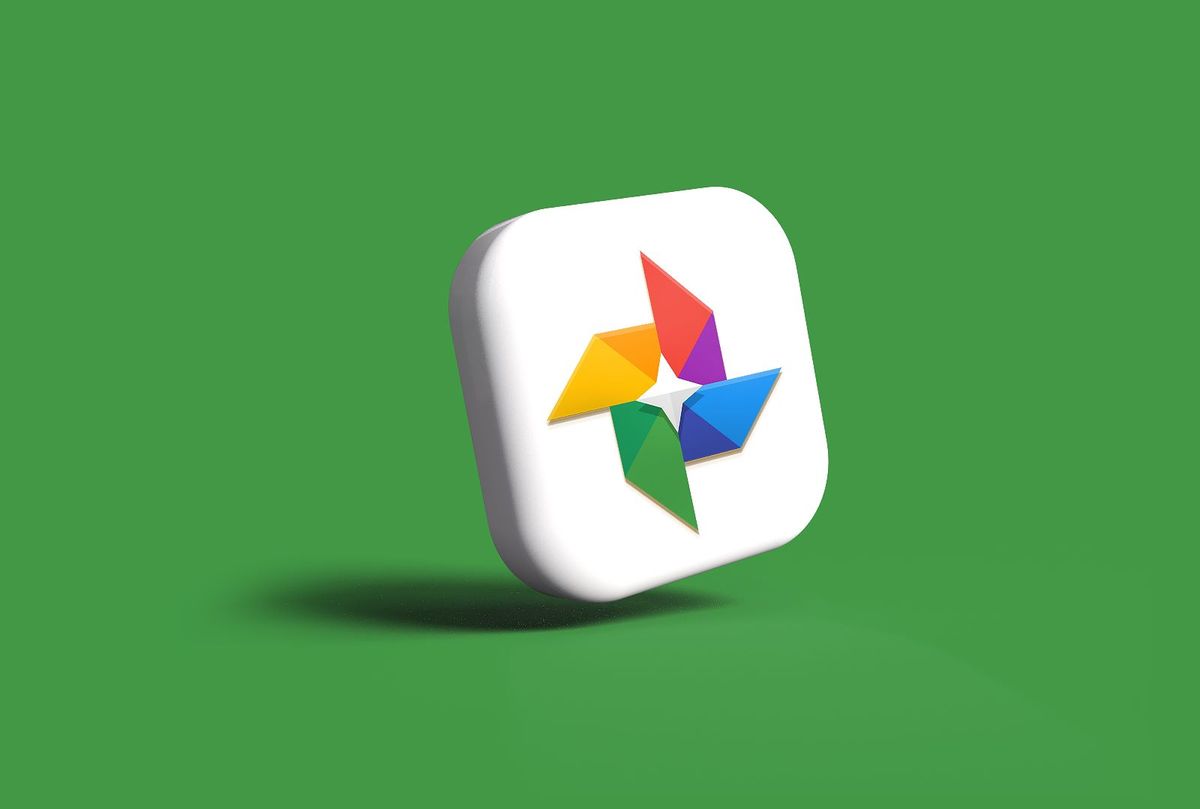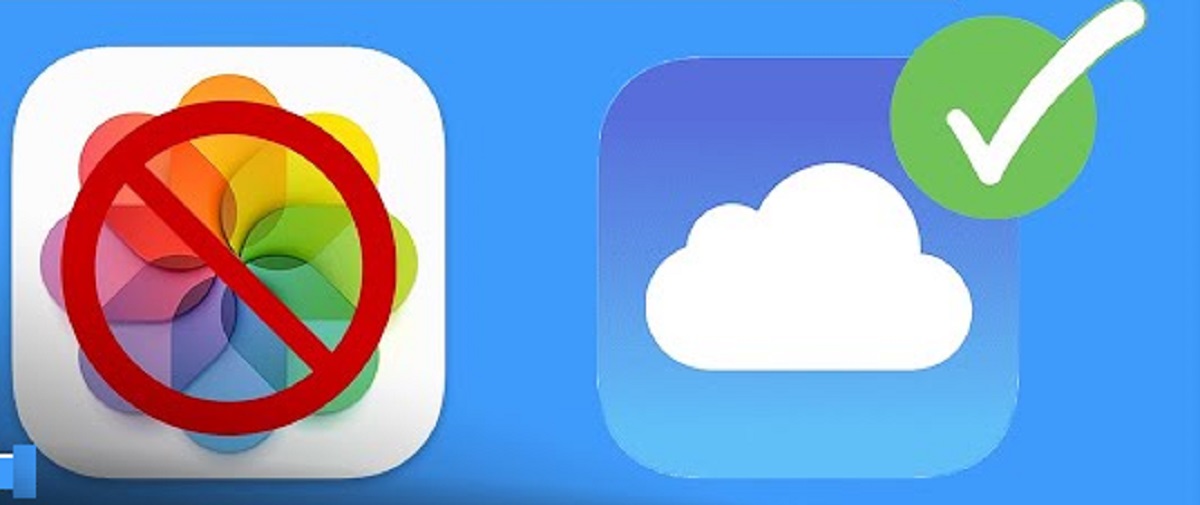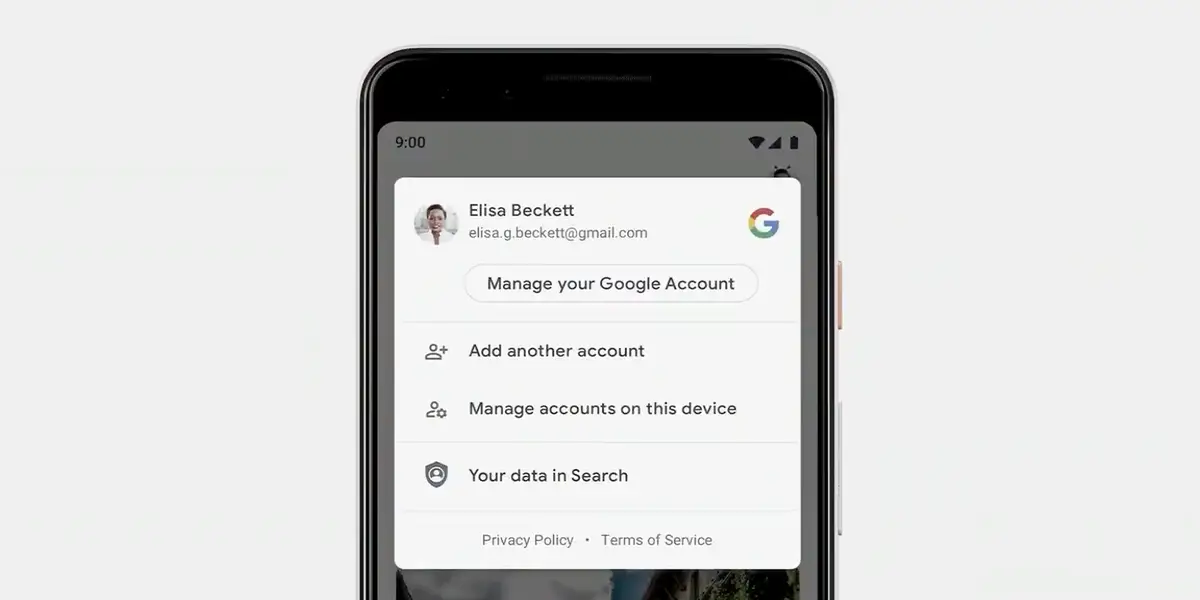What is Google Photos?
Google Photos is a popular cloud-based service provided by Google that allows users to securely store and organize their photos and videos. It offers free unlimited storage for high-quality photos and videos, making it an appealing choice for many users.
Google Photos not only serves as a storage platform but also provides advanced features like facial recognition, automatic organization, and powerful search capabilities. With its easy-to-use interface, users can effortlessly browse through their entire photo collection and quickly locate specific images based on various criteria.
One of the standout features of Google Photos is its ability to automatically backup photos and videos from your device. This means that whenever you take a photo or record a video, it will be automatically uploaded and stored in your Google Photos account, ensuring that you never lose your precious memories.
Additionally, Google Photos allows users to access their media files from any device with an internet connection. This means that you can view and share your photos and videos on your smartphone, tablet, or computer, making it incredibly convenient for those who want to show off their latest vacation pictures or reminisce about past events.
Furthermore, Google Photos offers a range of editing tools and filters that allow you to enhance and personalize your photos. You can crop, adjust brightness, add filters, and even create collages and animations with just a few taps.
Overall, Google Photos is a versatile and user-friendly platform that offers a seamless solution for storing, organizing, and accessing your digital memories. Whether you want to create albums, search for specific photos, or simply backup your media files for peace of mind, Google Photos provides a reliable and intuitive service.
Why would you want to stop uploading photos to Google Photos?
While Google Photos offers many benefits, there are several reasons why you might want to stop uploading your photos to the platform:
- Privacy concerns: Some users may have concerns about storing their personal photos on a cloud-based platform like Google Photos. Even though Google claims to have robust security measures in place, there is always a risk of data breaches or unauthorized access.
- Limited storage options: Although Google Photos offers free unlimited storage for high-quality photos and videos, there are certain limitations. If you want to store your media files in their original quality or if you exceed the storage limit for high-quality uploads, you may need to purchase additional storage space.
- Alternative storage preferences: You may prefer to use other cloud storage services or physical storage devices to store and manage your photos. Whether you have a personal preference for a particular platform or want to keep your photos separate for organization purposes, stopping uploads to Google Photos can align with your storage preferences.
- Backup redundancy: Some users have their own backup systems in place and may find it unnecessary to have their photos and videos stored on both their device and Google Photos. By disabling uploads to Google Photos, they can streamline their backup process and avoid duplicate copies of their media files.
- Data usage and battery concerns: Automatic backup of photos and videos can consume data and drain your device’s battery. If you have limited data plans or prefer to have more control over when and how your media files are uploaded, disabling automatic backup can be beneficial.
Ultimately, the decision to stop uploading photos to Google Photos depends on your individual needs and preferences. It’s important to assess your concerns, storage requirements, and backup strategies to determine whether continuing or discontinuing uploads to Google Photos aligns with your goals.
Alternative ways to store and organize your photos
If you’ve decided to stop uploading your photos to Google Photos, there are several alternative methods to consider for storing and organizing your precious memories:
- Other cloud storage platforms: There are numerous cloud storage services available, such as Dropbox, Microsoft OneDrive, and Apple iCloud. These platforms offer similar features to Google Photos, allowing you to securely store and access your photos from any device with an internet connection.
- External hard drives and physical storage: For those who prefer to have full control over their photos and want a tangible backup solution, external hard drives or physical storage devices like USBs or DVDs can be a reliable choice. Remember to keep your storage devices in a safe and secure location to prevent loss or damage.
- Local storage on your device: If you have sufficient storage capacity on your smartphone or computer, storing your photos locally can be a convenient option. This allows you to have direct access to your photos without relying on an internet connection.
- Photo management software: There are various photo management software options available that provide robust features for organizing and editing your photos. Adobe Lightroom, Apple Photos, and Windows Photos are popular choices that offer advanced organization tools and editing capabilities.
- Physical photo albums: For a more nostalgic approach, you can print out your favorite photos and create physical photo albums. This not only provides a tangible keepsake but also allows you to arrange and display your photos in a personalized way.
When considering alternative ways to store and organize your photos, it’s essential to evaluate your storage needs, accessibility requirements, and desired level of control. You may even choose to use a combination of methods to ensure your photos are adequately backed up and easily accessible.
Remember to make regular backups of your photos and establish a consistent organization system to keep track of your growing collection. By choosing an alternative storage method that aligns with your preferences, you can confidently store and organize your photos while maintaining control over your digital memories.
How to disable automatic backup on your Android device
If you’re using an Android device and want to stop the automatic backup of your photos to Google Photos, follow these steps:
- Open the Google Photos app on your Android device.
- Tap on your profile picture or initial located in the top right corner of the screen to access the sidebar menu.
- From the sidebar menu, select “Settings.”
- In the Settings menu, tap on “Back up & sync.”
- Under the Back up & sync menu, you will find a toggle switch. Tap on the switch to turn off the backup feature. The switch should no longer be blue but grayed out.
- You will be prompted with a confirmation message that reads, “Confirm stop backup?” Tap on “TURN OFF” to confirm the action.
Once you’ve completed these steps, your Android device will no longer automatically back up new photos and videos to Google Photos. However, it’s important to note that this will not remove any existing photos or videos that have already been uploaded to your Google Photos account.
If you change your mind and want to re-enable automatic backup, simply follow the same steps and toggle the switch back on.
By disabling automatic backup on your Android device, you can have more control over which photos and videos are uploaded to Google Photos and conserve data and battery usage on your device.
How to disable automatic backup on your iPhone
If you’re using an iPhone and want to stop the automatic backup of your photos to Google Photos, follow these steps:
- Open the Google Photos app on your iPhone.
- Tap on your profile picture or initial located in the top right corner of the screen to access the sidebar menu.
- From the sidebar menu, select “Settings.”
- In the Settings menu, tap on “Back up & sync.”
- Under the Back up & sync menu, you will find a toggle switch. Tap on the switch to turn off the backup feature. The switch should no longer be colored, indicating that it is now inactive.
- You will be prompted with a confirmation message that reads, “Confirm stop backup?” Tap on “TURN OFF” to confirm the action.
Once you’ve completed these steps, your iPhone will no longer automatically back up new photos and videos to Google Photos. However, it’s important to note that this will not remove any existing photos or videos that have already been uploaded to your Google Photos account.
If you change your mind and want to re-enable automatic backup, simply follow the same steps and toggle the switch back on.
By disabling automatic backup on your iPhone, you can have more control over which photos and videos are uploaded to Google Photos and potentially save storage space on your device.
How to delete photos from Google Photos
If you want to remove photos from your Google Photos account, you have several options to delete them:
- Deleting individual photos: Open the Google Photos app or go to the Google Photos website, find the photo you want to delete, and tap or click on it to open it. Then, tap on the trash bin icon located in the top right corner of the screen. You will be prompted to confirm the deletion, and once confirmed, the photo will be moved to your trash or bin folder.
- Deleting multiple photos: To delete multiple photos at once, go to the Google Photos app or website, tap on the “Select” option (represented by a checkmark or a square icon) located in the top right corner of the screen. Select the photos you want to delete by tapping or clicking on them. Once you have selected all the photos you want to delete, tap on the trash bin icon to delete them in bulk.
- Emptying the trash bin: When you delete photos, they are moved to the trash or bin folder, where they are stored for 60 days before being permanently deleted. To empty the trash bin and permanently delete the photos, go to the Google Photos app or website, access the sidebar menu, select “Trash” or “Bin,” and tap on the “Empty Trash” or “Empty Bin” option.
It’s important to note that deleting photos from Google Photos will not remove them from your device’s storage if they were originally backed up from your device. The original copy of the photo will still be stored on your device and may continue to take up storage space. To completely remove the photo from your device, you will need to delete it from both Google Photos and your device’s gallery or camera roll.
By following these steps, you can easily delete unwanted photos from your Google Photos account, keeping your photo collection organized and clutter-free.
How to remove Google Photos app from your device
If you no longer want to use the Google Photos app and wish to remove it from your device, follow these steps:
- On your device’s home screen, locate the Google Photos app icon.
- Tap and hold the app icon until a menu or options appear.
- Depending on your device, you may see an “Uninstall” option directly on the menu, or you may need to drag the app icon to an “Uninstall” or “Remove” button that appears at the top or bottom of the screen.
- Release your finger or stop dragging the app icon when you see the “Uninstall” or “Remove” confirmation prompt.
- Tap on the confirmation prompt to confirm the removal of the Google Photos app.
- Wait for the app to be uninstalled, which may take a few moments.
Once the uninstallation process is complete, the Google Photos app will be removed from your device, freeing up storage space and removing any associated app data.
Keep in mind that uninstalling the Google Photos app will not delete any photos or videos that you have previously uploaded to your Google Photos account. Your media files will still be accessible through the Google Photos website or other devices where you have the app installed.
If you change your mind and want to reinstall the Google Photos app, you can download it again from the Google Play Store (for Android devices) or the App Store (for iOS devices).
By following these steps, you can easily remove the Google Photos app from your device if you no longer wish to use it for storing and organizing your photos.
Conclusion
Google Photos is a versatile platform that offers convenient storage, organization, and accessibility for your photos and videos. However, there may be reasons why you want to stop uploading photos to Google Photos or explore alternative options.
By understanding how to disable automatic backup on your Android or iPhone device, you can have more control over which photos are uploaded to Google Photos. Additionally, knowing how to delete photos from your Google Photos account ensures that you can keep your collection organized and remove any unwanted files.
If you decide to move away from Google Photos entirely, there are alternative methods to store and organize your photos. You can explore other cloud storage platforms, utilize physical storage devices, or even create physical photo albums to cherish your memories.
Lastly, if you no longer wish to use the Google Photos app, you can easily remove it from your device, freeing up space and removing any associated app data.
Ultimately, the choice of whether to use Google Photos, modify its settings, or explore alternative options comes down to your individual preferences, storage needs, and privacy concerns. By evaluating your specific requirements, you can make an informed decision on how best to store, organize, and access your valuable photo collection.







